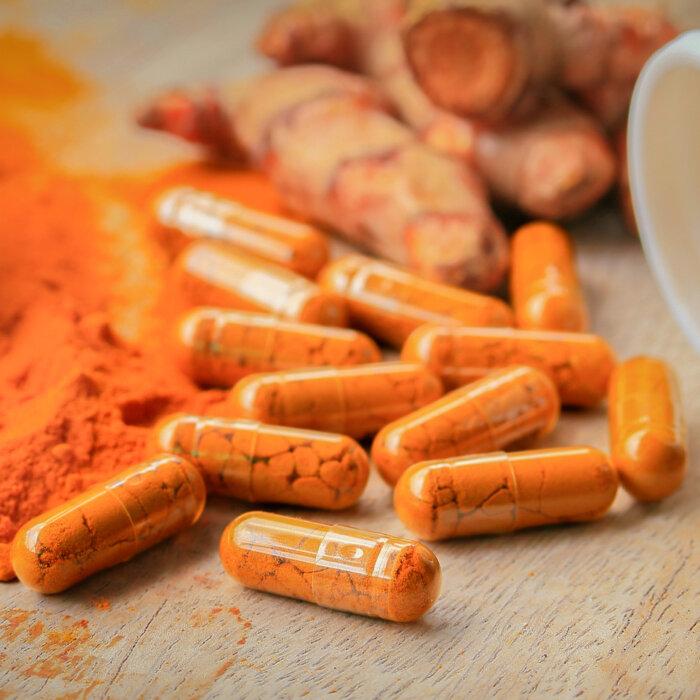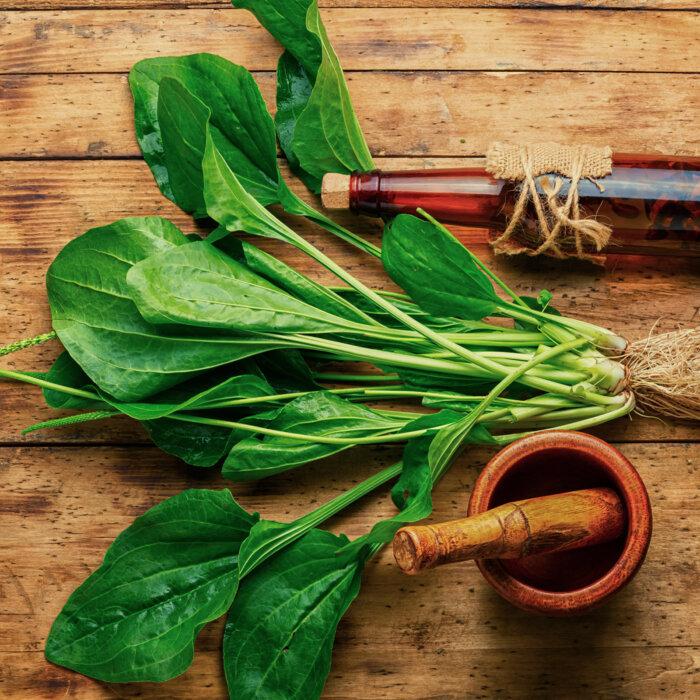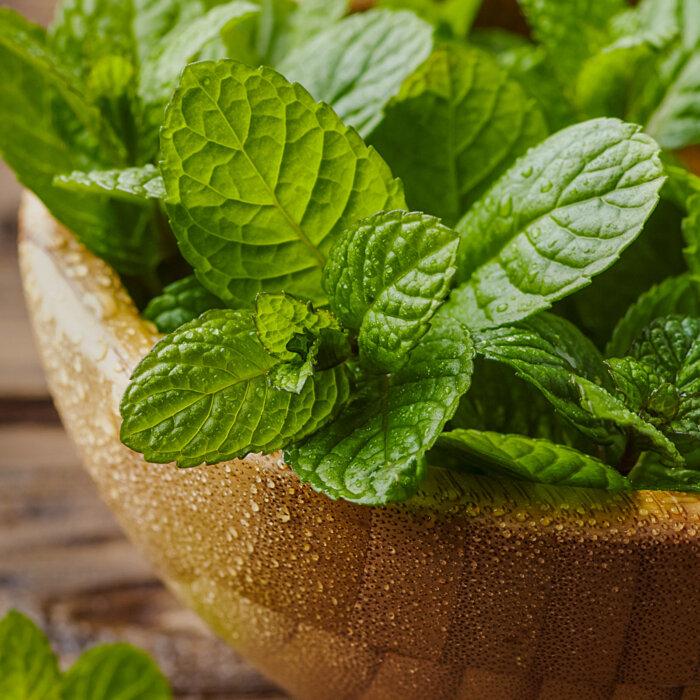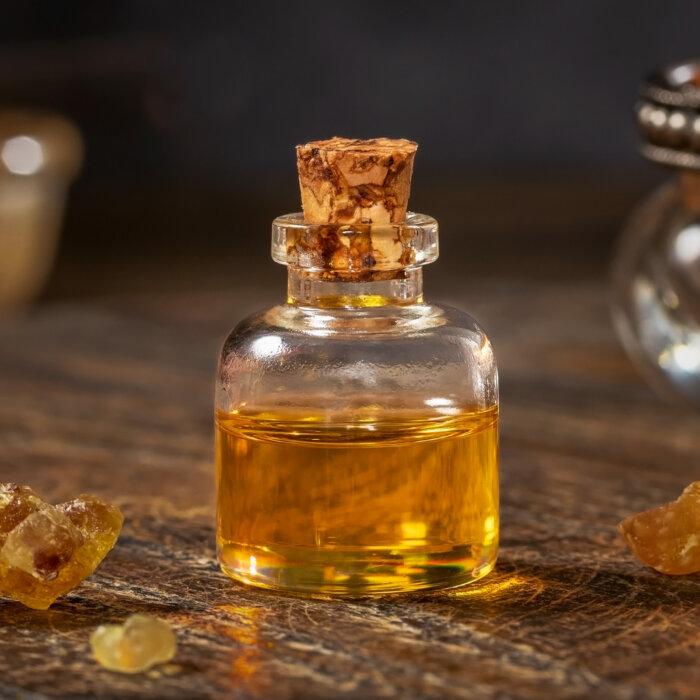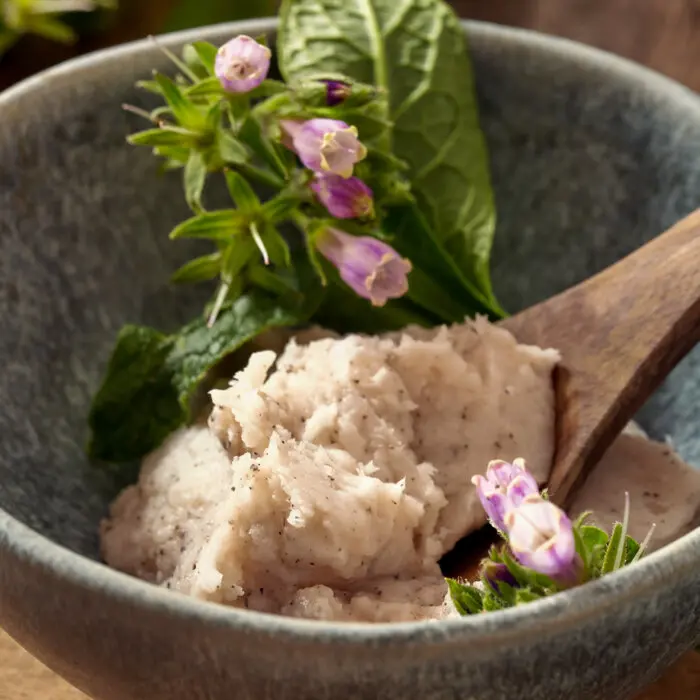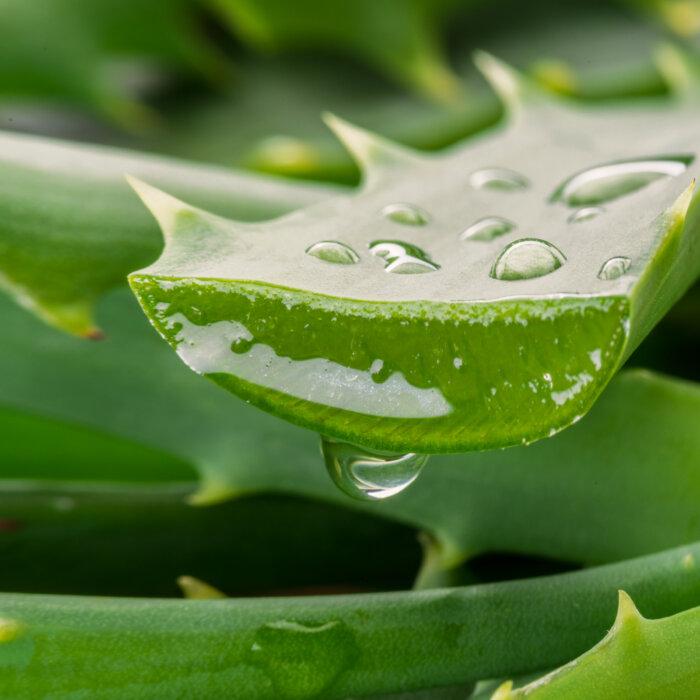What Is an Herbal First Aid Kit:
Instead of using man-made chemicals to address acute injuries or conditions, an herbal first aid kit utilizes herbs and spices i.e., God’s medicine.What to Look for In an Herbal First Aid Kit:
While there are numerous herbs to choose from, an herbal first aid kit should contain remedies with the following qualities:- 100 percent natural
- Effective at addressing most acute conditions, such as cuts, scrapes, bruises, burns, splinters, bee stings, fever, and pain
- Easy to transport and administer
- Long shelf-life
- Negligible risk of overdose or negative side effects
Herbal First Aid Kit Remedy No. 1:
Turmeric
The number one remedy in my first aid kit is turmeric. I do not leave home without it.Like our ancient ancestors, when I experience a headache, pain, swelling, or fever, instead of reaching for ibuprofen or acetaminophen (Tylenol®), I reach for turmeric.
When To Use Turmeric:
Turmeric has been shown through scientific studies to be useful for the following acute conditions:- Headache
- Pain Reduction
- Fever Reduction
- Swelling Reduction
- Insect Repellent
- Relief from Itching
- Faster healing of skin wounds, such as minor cuts, scrapes, and bruises
- Improved digestion and gas relief
- Faster recovery from a cough or sore throat
- Faster recovery from exercise-induced muscle damage
Different Forms To Choose From:
While direct consumption of raw turmeric root is an effective remedy, the root is perishable, rendering it impractical for a first aid kit. Likewise, turmeric tea is an effective remedy; however, it requires warm water and time to steep, which is not ideal when a quick remedy is needed.The best options for a first aid kit include turmeric tincture, poultice, and capsules (dry, powder form). I keep all three forms on hand.
For skin irritations, I prefer a turmeric poultice. For nearly all other conditions, I prefer a turmeric tincture in my first aid kit. It is potent, easy to make, ready to dispense without any preparation, and easier to administer to my children who are uncomfortable swallowing capsules. In case I run out of tincture, turmeric capsules are my backup.
A Word on Turmeric Quality:
Not all turmeric is created equal. Some brands of dried turmeric reportedly contain elevated levels of heavy metals. Likewise, some brands of turmeric capsules reportedly contain elevated levels of bacteria and lead.Turmeric Tincture
Tinctures used to intimidate me. I was afraid that if I made them incorrectly, mold would grow or the remedy would be too potent and my family would get sick. Consequently, when I began consuming turmeric tincture, it was purchased from a company I trust. A few months later, I wanted to order more, but the company was out of stock so I began making my own. I have never ordered it again because making this tincture is so cost-effective and so simple that even my kids can easily make it without my help.My Turmeric Tincture Recipe:
Makes 24 ounces1 cup organic fresh turmeric root, shredded
2 cups Ocean Vodka (80 proof)
1 teaspoon organic freshly ground black peppercorn
Supplies:
24-ounce wide mouth glass jar (for steeping)
12 2-ounce brown or blue glass bottles with eye droppers–to reduce light exposure (for storing tincture)
- Thoroughly wash and dry glass jar and glass bottles
- Gently wash turmeric root under filtered water and shred using a cheese grater or food processor. Place in jar.
- Add ground peppercorn to jar.
- Add alcohol to jar. Place lid on tightly. Gently shake.
- Allow to steep for 6 weeks away from light and heat; a cool cabinet works well. Gently shake every day.
- After 6 weeks, use a nut milk bag or cheesecloth to strain the mixture over a bowl. Squeeze the solids to release all the liquid.
- Store liquid in 2-ounce glass bottles.
- Dispense as needed using eye dropper.
Turmeric Poultice
Turmeric poultice can be applied directly on the skin for irritations, such as a bite or itching, or to relieve pain, inflammation and swelling. It is effective, but can temporarily stain the skin, as well as any surface it contacts.My Turmeric Poultice Recipe:
- To make a poultice using fresh turmeric root: If you have fresh turmeric root available, chew the root until it forms a slurry in your mouth, then apply it to the affected area and cover it with a bandage. Re-apply as needed.
- To make a poultice using turmeric root powder: You can make turmeric root powder, but I purchase it from a company I trust. Dissolve the powder in warm water until it forms a thick Greek yogurt consistency. Apply to the affected area then cover with a bandage. Re-apply as needed.
Turmeric Capsules
While the tincture is my preference, turmeric capsules are also included in my first aid kit. They provide a backup in the event I run out of tincture, and they are easier to carry on my person. Consequently, I bring capsules while on the move, such as when hiking or biking.At Epoch Health, we’ve handpicked our partner, Heritage Formulations who produces Turmeric supplements here in the USA. Now, it’s simpler than ever to prioritize your health while staying true to your values.
My Turmeric Capsule Recipe:
Ingredients:2 teaspoons freshly ground organic black pepper
Gloves
Glass dish
Spoon
- Put on gloves to avoid staining your fingers.
- In glass dish, mix turmeric powder and black pepper until thoroughly combined.
- Open one capsule. Using the larger capsule segment, push the capsule down into the turmeric mixture to fill with powder. Repeat until the powder feels compact i.e., when no more powder can be pushed into the capsule.
- Slide on the shorter segment until secure.
- Store in glass jar away from heat and sunlight.





